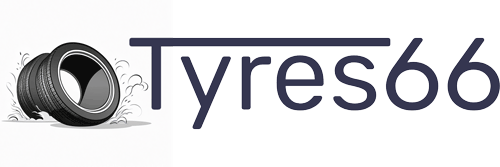Discover the Benefits of Run Flat Tyres 155/80 R12
Experience peace of mind on the road with our range of run flat tyres in the 155/80 R12 size. With reinforced sidewalls, these tyres can support the weight of your vehicle even after a puncture. This means you can continue driving to a safe location without the need for an immediate tyre change.
Overview of Our Run Flat Tyres 155/80 R12
Products are affiliate links to Amazon.co.uk
Everything You Need to Know About Run Flat Tyres 155/80 R12
Introduction
Run flat tyres are designed to allow drivers to continue driving safely even after a puncture or damage to the tyre. The 155/80 R12 size is one of the most common run flat tyre sizes used in compact and mid-size cars.
Features of Run Flat Tyres 155/80 R12
- Strong sidewalls that can support the weight of the vehicle even after a puncture
- Special rubber compounds that can withstand high temperatures and stresses
- Unique tread patterns that provide good handling and grip even when the tyre is flat
- Advanced technology that alerts the driver when a puncture occurs
Advantages of Run Flat Tyres 155/80 R12
- Increased safety: drivers can continue driving even after a puncture, which reduces the risk of accidents and allows drivers to reach a safe location to change the tyre
- Convenience: drivers don’t have to carry a spare tyre and can save space and weight in their cars
- Cost-effective: run flat tyres can last longer than traditional tyres because they are designed to withstand damage and can reduce the need for frequent replacements
Disadvantages of Run Flat Tyres 155/80 R12
- Higher cost: run flat tyres are typically more expensive than traditional tyres due to their advanced technology and special features
- Reduced comfort: run flat tyres have stiffer sidewalls, which can result in a rougher ride compared to traditional tyres
- Limited repair options: if a run flat tyre is damaged beyond repair, it must be replaced immediately as it cannot be repaired
Conclusion
Run flat tyres 155/80 R12 offer a range of benefits to drivers, including increased safety, convenience, and cost-effectiveness. However, they also have some disadvantages such as higher cost and reduced comfort. Ultimately, the decision to use run flat tyres depends on individual preferences and driving needs.
